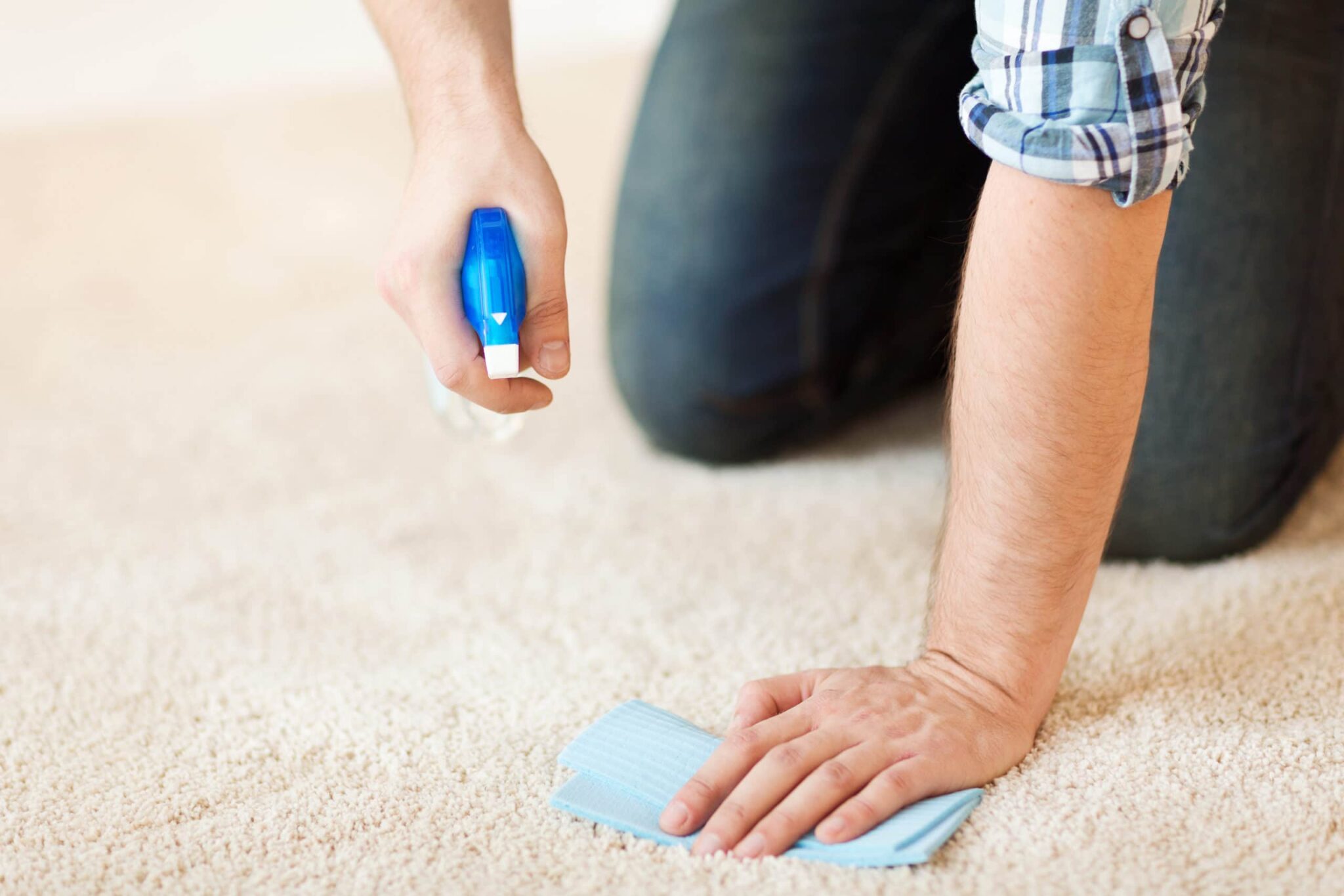
What is ‘wear and tear’?
At the end of a tenancy, the tenant is responsible for leaving the property as near as possible to the same condition as when they started living in it.
Condition reports made at the start of a tenancy help avoid any disputes at the end of a tenancy.
These document the condition of the wall, floor, ceiling, doors, fixtures and fittings so both you and the tenant will have a detailed report of the condition of the property. We often take pictures of the property so we also have a visual record or any scratches, discoloration and any other minor flaws.
Both parties sign off on the moving-in condition.
However, it’s vital you understand the difference between ‘wear and tear’ and ‘damage’ when comes to returning a renter’s bond at the end of a tenancy.
While the tenant is responsible for the cost of repairing any damage they may have deliberately or inadvertently done to your property, the tenant is not responsible for paying for ‘fair wear and tear’.
So, what’s the difference?
Fair wear and tear
Wear and tear is something which happens to every property; it is the expected deterioration of a property from everyday use and the general effects of time and exposure to the elements.
Examples of ‘wear and tear’ include, but are not limited to:
- Faded curtains or frayed cords
- Furniture indentations and traffic marks on the carpet
- Scuffed up wooden floors
- Faded, chipped or cracked paint
- Worn kitchen benchtop
- Loose hinges or handles on doors or windows and worn sliding tracks
- Water stains on carpet from rain through leaking roof or bad plumbing
- Paint worn off wall near light switch
Damage
Damage is caused by negligence, irresponsible, carelessness or intentional actions. Unfortunately for tenants, while accidents do happen, if the action is considered otherwise preventable, then accidents which cause damage to the property fall into this category.
Examples of ‘damage’ include, but are not limited to:
- Missing or torn curtains
- Stains or burn marks on the carpet
- Badly scratched or gouged wooden floors
- Unapproved, poor quality paint job
- Burns or cuts in bench top
- Broken glass
- Water stains on carpet caused by overflowing bath or indoor pot plants
- Damage to paint caused by removing posters stuck with blu-tack or sticky tape
How to reduce wear and tear
Regular in-depth inspections of the property will reveal any areas which need attending to. For instance, mending a lose hinge now will prevent potentially more costly damage to the frame if the entire door falls off later down the track.
Keeping on top of maintenance will not only prevent minor issues becoming major issues, but it will also demonstrate you care about your property; in our experience, keeping on top of maintenance will also encourage your tenants to look after your investment.
Read our blog to find out more ways to reduce wear and tear on a property.
We do more than simply sell property; having been in the business for nearly 50 years, we’re keen to share our knowledge and experience to help you get the best out of your investment property.
Get in touch if you want to know more! Give us a call on 02 4956 9777, send us an email to mail@newcastlepropertymanagement.com.au or pop into our Cardiff office for an informal chat.
For more property management tips check out our Facebook page.